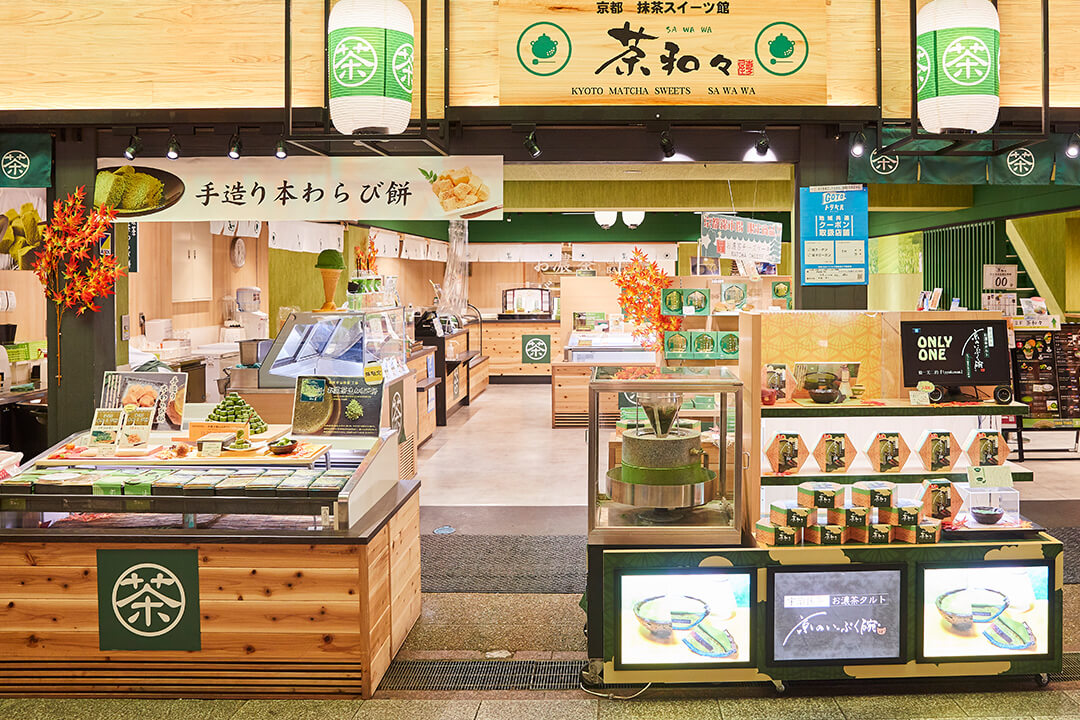shop of sweets
27件Please note that business hours and regular holidays may have changed.
Kumonocha Nishiki Market branch
Since the reopening of its Kiyomizu Sannenzaka branch in 2022, the Japanese tea café Kumonocha has quickly become a hot topic on social media. Under the concept of “Relaxing tea in Kyoto,” Kumonocha has opened in popular sightseeing spots in Kyoto City, including Arashiyama and Kiyomizu Temple. Their goal is to make authentic Japanese tea more accessible and enjoyable in everyday life.
- Japanese sweets
- western style sweets
- Cafe, Japanese and Western Confectionery
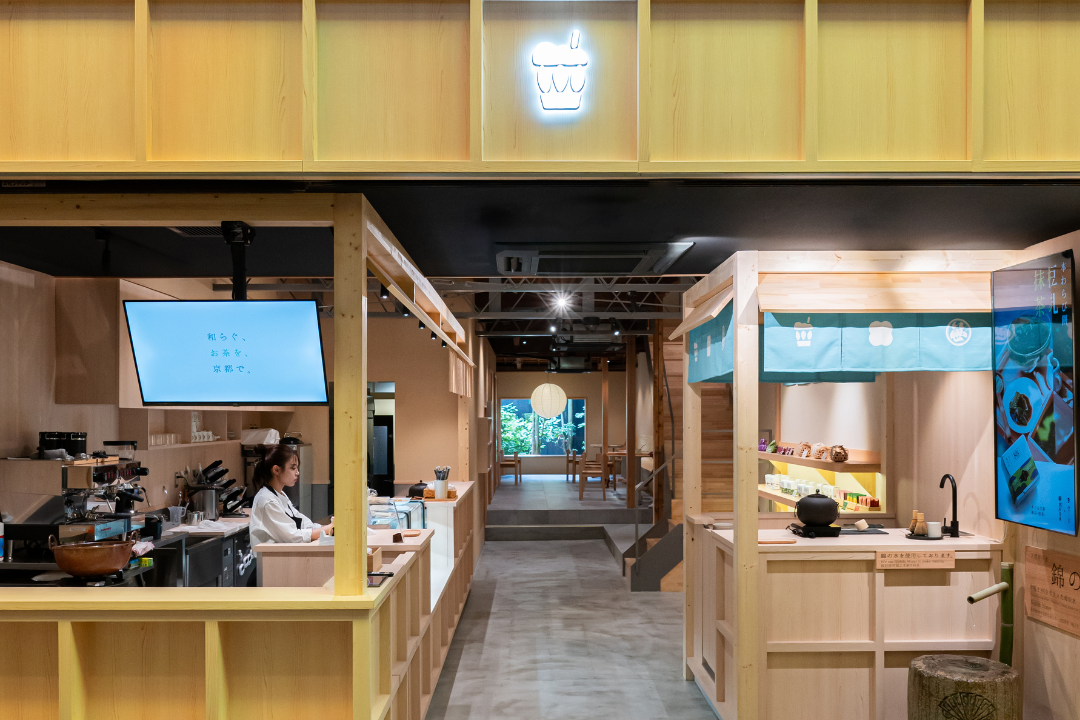
Hatagoya Rihei
Hatagoya Rihei is a new brand launched by Matsuya, a Japanese-style confectionery store founded over 100 years ago in Joyo, which is near the border of Kyoto and Nara.
Hatagoya Rihei offers creative sweets centering on dorayaki (sweet red bean sandwiches), aiming to create new types of Japanese sweets that reflect the changing seasons in Kyoto.
- Japanese sweets
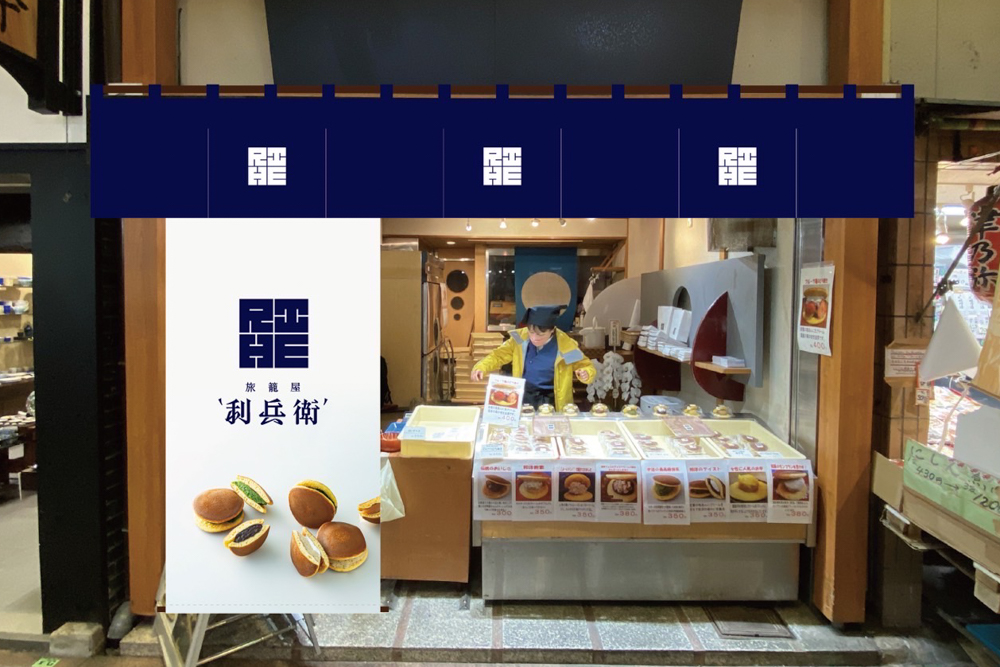
Nishiki Ichiyo & Mamemono toTaiyaki
Nishiki Ichiyo in Nishiki Market sells drinks and sweets using Uji green tea, as well as taiyaki (fish-shaped pancakes) from Mamemono-to-Taiyaki, a popular sweets shop located in Arashiyama, Kyoto.
- sweets

Mame Shofuku
Mame Shofuku sells mainly Tanba-kuro (black soya) bean snacks as well as dry delicacies and other snacks. A dining space for customers is available at the back of the store.
- delicacy
- Japanese sweets
- restaurant
- sake, whisky, beer
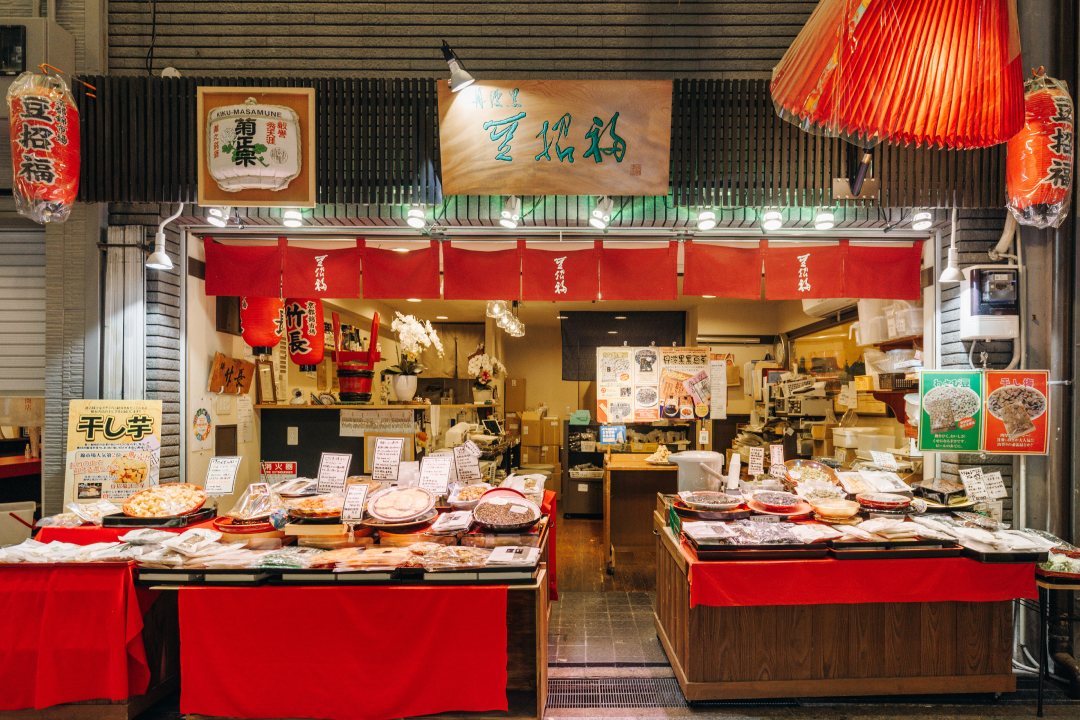
TerakoyaHonpo
This sembei (rice crackers) and dango (rice dumplings) shop is located just inside the west entrance of Nishiki Market. They stick to the traditional method of making sembei. Domestic sticky rice is steamed and pounded into rice cakes, which are then baked with a soy-sauce-based sauce made with a secret recipe. The most popular products are mochi rice crackers made from 100% domestic sticky rice, nure-okaki (rice crackers with a chewy inside), and dango made of sticky rice.
- Japanese sweets
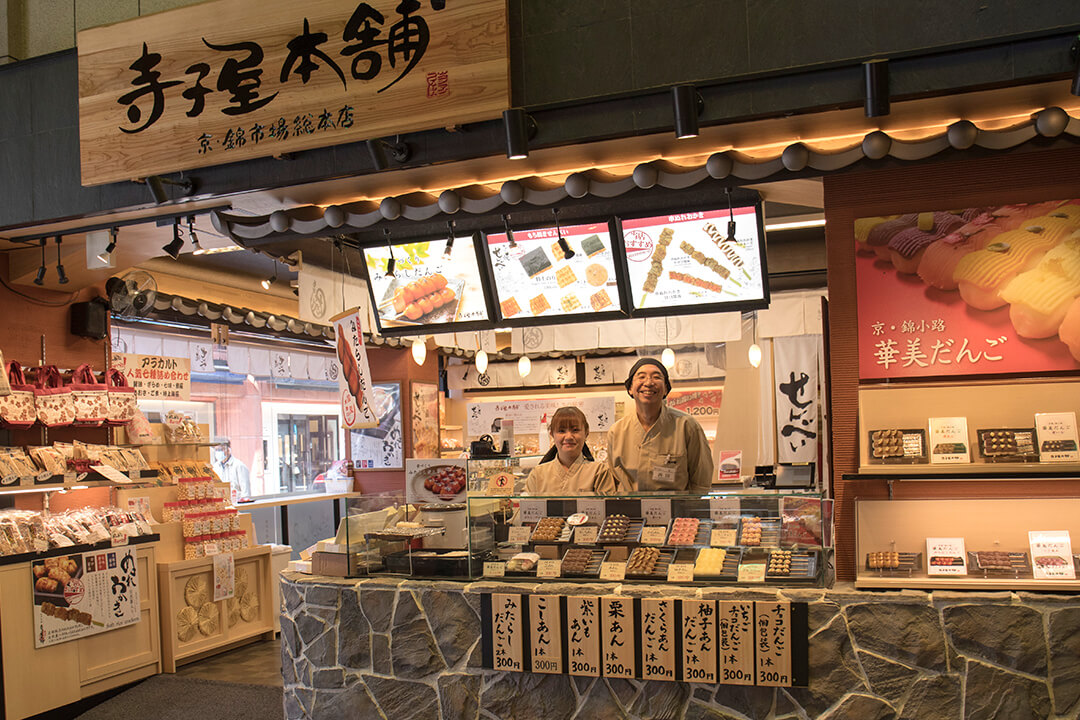
Ochanoko saisai
Ochanoko Saisai is a specialty store that sells chili pepper seasoning, which is a must for those who love spicy food. In particular, the “Maiko Han Hee Hee (literally, ‘Maiko scream’)” series is captivating hot spicy food lovers. Made with domestically produced habanero chili peppers, it is characterized by a hot spiciness that lingers in the mouth. In addition, there are many other specialty products such as yuzu shichimi (shichimi seven spices with yuzu citrus), black shichimi, and “Kyo-Rayu (chili oil) Furikake,” a delicious topping that makes eating rice irresistible.
- Japanese sweets
- seasoning
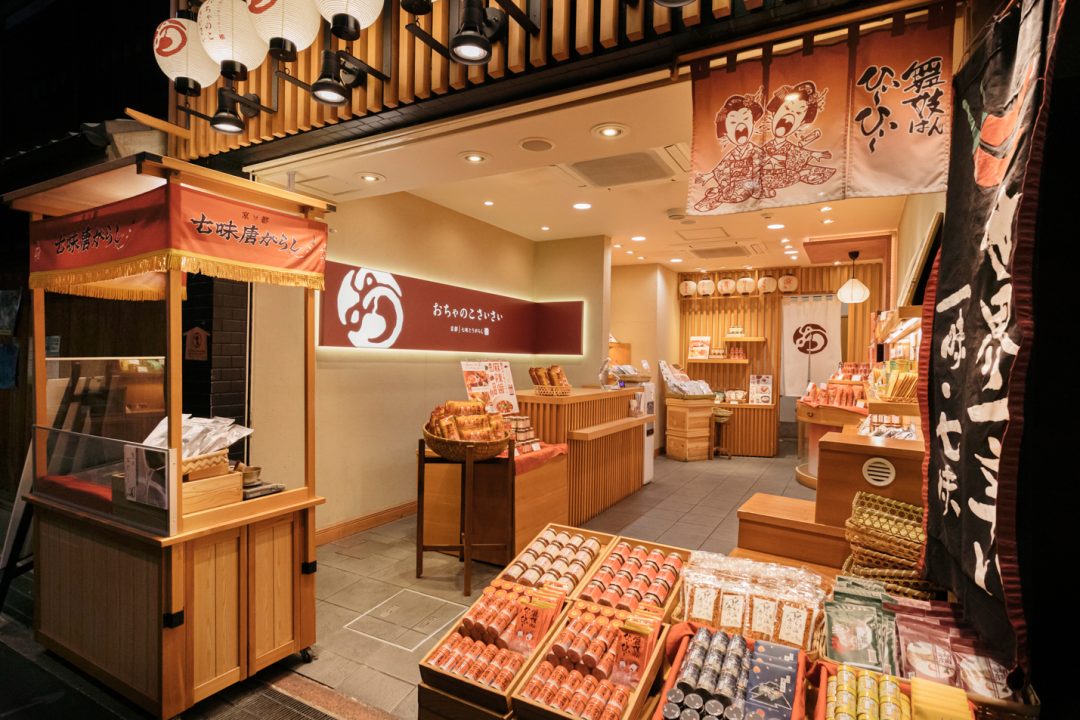
Konnamonja
This shop opened about 30 years ago under the direct management of Kyo Tofu Fujino, which has existed near Kitano Tenmangu Shrine for about 60 years. Their products include Fujino’s tofu, fried tofu, ganmodoki fried tofu patties, fresh yuba soy milk skin, and other products made in Yosano-cho of the Tango area of Kyoto, which is blessed with abundant water sources in the midst of beautiful nature. In addition, Konnamonja has been working on soy milk sweets since its opening. Especially popular are their soy milk doughnuts and soy milk soft serve ice cream.
- soy food
- western style sweets
- restaurant
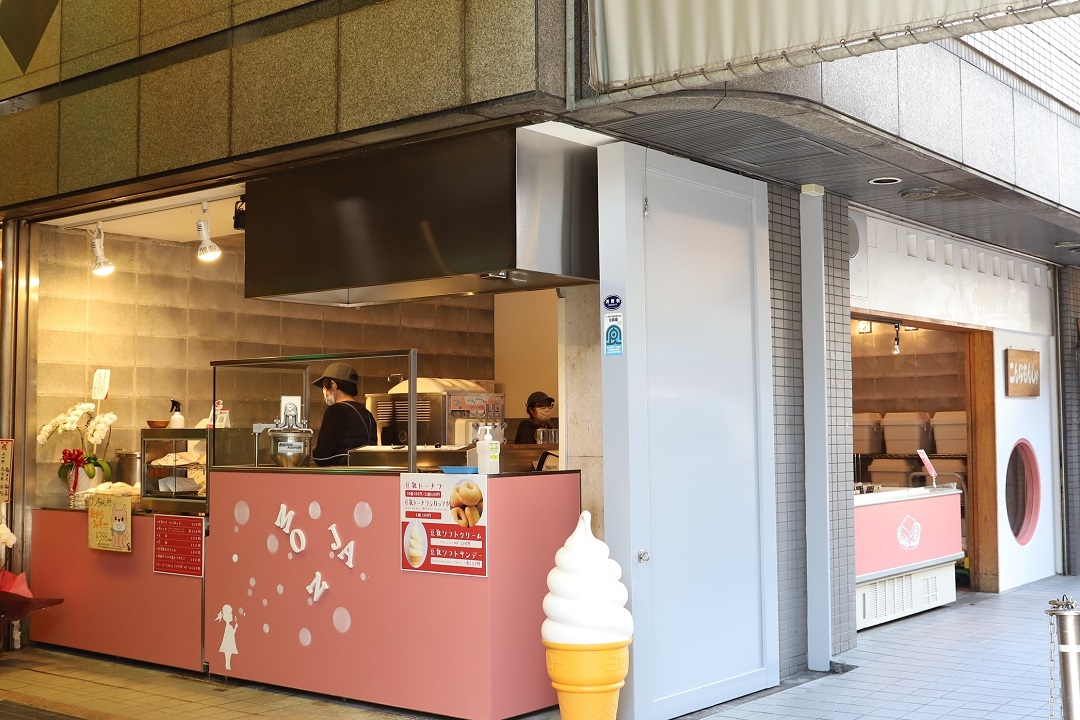
Fuka
The history of the main shop of Fuka, which manufactures and sells nama-fu (Nama-fu are raw gluten cakes used for cooking), is long, with records showing that it was supplying nama-fu to the Imperial Palace in the Keio era (1865-1868) at the end of the Edo period. The Nishiki store opened around 1980 as a retail store. Production is done at the main store, which takes pride in making fu by hand without relying on machines. Their fish-shaped cakes with sweet bean fillings “Taiyaki fu manju” are now popular as a new type of fu manju dessert.
- soy food
- Japanese sweets
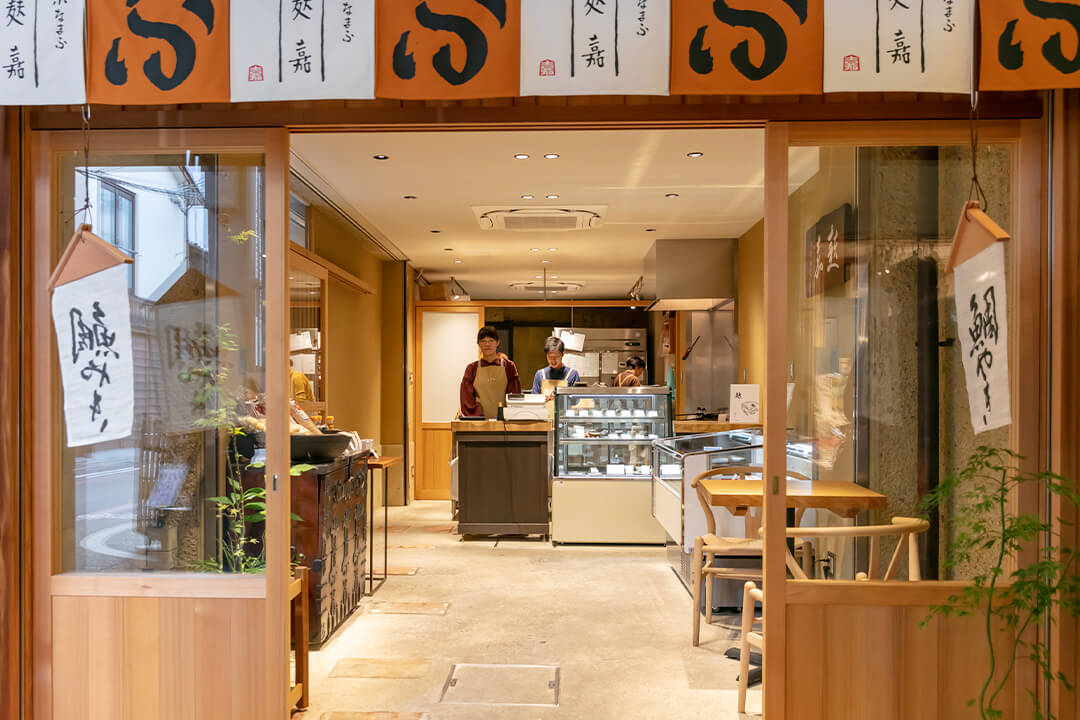
Nishiki Murasaki
“The roots of this restaurant lie in an oshiruko (sweet bean soup) and noodle store started by my father around 1945. I am committed to delivering the best-tasting food by cherishing the spirit of dedication that was taught to me by my father,” says the owner of Nishiki Murasaki. Drawing on his own experience working at a confectionery store, he now focuses on peanuts, Kyoto sweets, and old-fashioned Japanese sweets. “Every morning we purchase the highest grade peanuts from Enshu (Hamamatsu City, Shizuoka Prefecture), which are freshly roasted, and only enough for that day's sales.”
- Japanese sweets
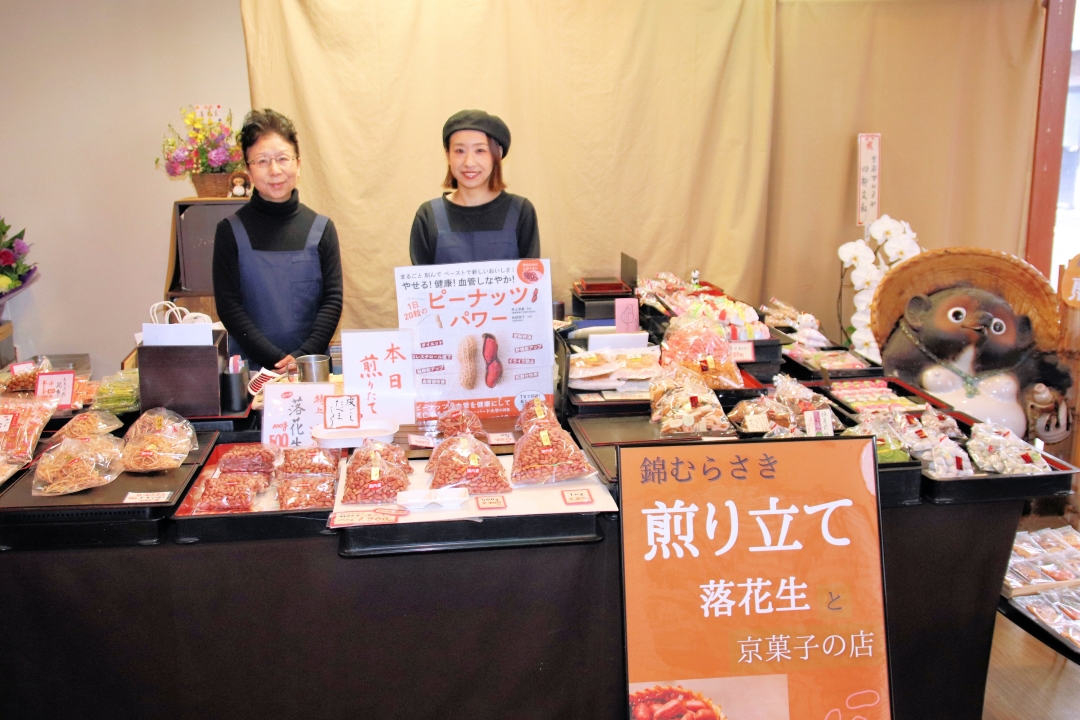
Sawawa
You can tell by the color of the shop’s curtains and sign that this store has something to do with green tea. It specializes in matcha green tea sweets, especially on sweets using matcha from Uji. The first floor sells a variety of matcha sweets, and the second floor is a café, which offers a menu that includes warabimochi (bracken starch jelly), parfaits, and anmitsu (a sweet bean paste desert with agar-agar jelly, etc.). They use spring-harvested tea leaves and the grinding is done in a stone mortar right in the store for you to see.
- Japanese sweets
- western style sweets
- restaurant
